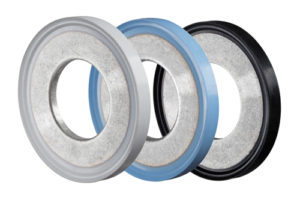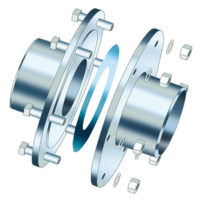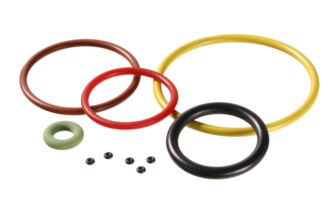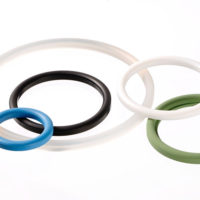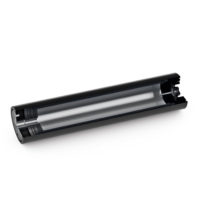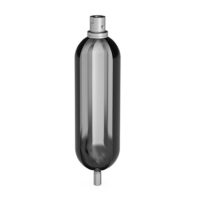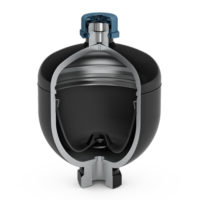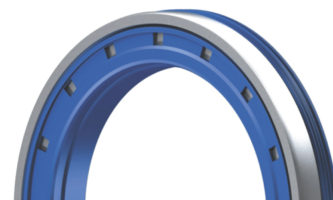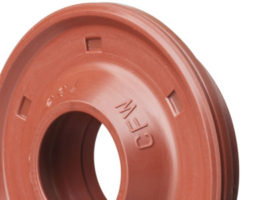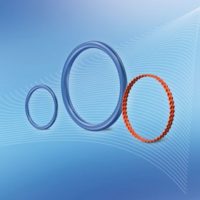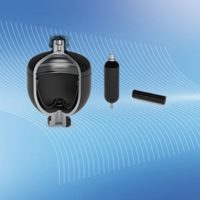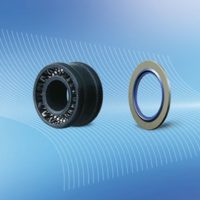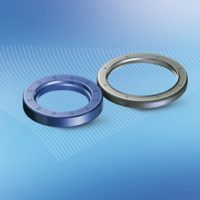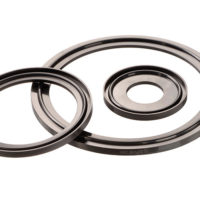
188
Mounting aid | Aide au montage
Ayudas de montaje | Auxiliar de montagem
MOUNTING AID | AIDE AU MONTAGE
AYUDAS DE MONTAJE | AUXILIAR DE MONTAGEM
EN
ROD SEALS
What use is the best seal if it is not properly fitted or is
damaged during fitting? To make sure that this doesn’t
happen, Freudenberg Sealing Technologies provides you
with a tailor-made range of fitting tools. Impeccable fitting
is key to the performance and operational durability of
a seal and thus represents a significant quality factor.
With fitting aids from Freudenberg Sealing Technologies:
A
you will avoid fundamental fitting errors
A
you will avoid damaging the sealing lip during fitting
A
you will increase the service life of the seal
A
thus saving you time and expense.
For rod seals, different fitting tools are available depending
on the material.
1. Elastomer rod seals
1A.
The pliers are the all-rounder among fitting aids. They’ll
help you to fit large and small seals into housings with axial
accessibility quickly and safely, and you’ll be done in next to
no time.
Here’s what to do:
A
Open the handles of the pliers to their full extent and pick
up the seal by the bolts (check you are fitting the seal the
right way around!).
A
Close the handles of the pliers as far as they will go.
The seal will become kidney-shaped.
A
Insert the seal into the groove where it is to be fitted.
A
Release the handle and remove the pliers. Normally the
seal snaps into place in the groove on its own. If necessa-
ry, ease the seal into place using your finger.
1B.
Another useful method for fitting rod seals is to use a
pusher, cone-bush and back holding device.
Here’s what to do:
A
Insert the back holding device into the housing.
A
Place the cone onto the housing.
A
Insert the rod seal.
A
Push the seal in using the pusher.
2. PTFE rod seals
PTFE rod seals normally comprise two components: an O-ring
and a sealing element. Both can be fitted in just three steps
and they’ll be ready for use. The tools you’ll need to help
you do this are an expansion mandrel, cone-bush, calibrating
plug, back holding device and retaining tool (for O-rings
only).
Step 1: Fitting the O-ring
A
Fix the cylinder on the back holding device.
A
Place the cone-bush onto it.
A
Press the O-ring together and insert it into the retaining tool.
A
Insert the O-ring into the groove and press it out of the
retaining tool.
A
Use the retaining tool to press the part of the O-ring that
is still sticking out into the groove.
Step 2: Fitting the sealing element
A
Fix the cylinder on the back holding device.
A
Place the cone-bush onto it.
A
Remove the cone from the expansion mandrel and insert the
sealing element into the groove of the expansion mandrel.
A
Insert the expansion mandrel into the cone-bush and steadily
push through the cone-bush.
A
Pull the expansion mandrel out of the cone-bush.
A
Remove the cylinder from the back holding device.
Step 3: Calibration
A
Push the lubricated calibrating plug through the fitted
sealing element.
1A. Fitting with mounting pliers | Montage avec des pinces | Instalación con pinzas de montaje | Instalação com alicate de montagem



